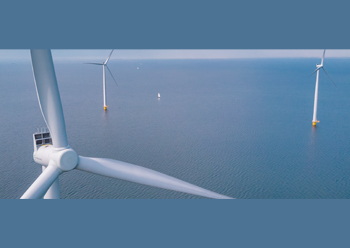
 ‘2022 might have been the worst year and 2023 might be looking better’
‘2022 might have been the worst year and 2023 might be looking better’
The global steel demand will recover by 1 per cent in 2023 to 1.8 billion tonnes after falling by 2.3 per cent in 2022, World Steel Association has predicted in its Short Range Outlook for the year 2023.
In 2022, global steel demand eroded by 2.3 per cent due to surging inflation and climbing interest rates, the world trade body said, downgrading its forecast.
The industry group revised its April 2022 forecast, which saw steel consumption edging up by 0.4 per cent in 2022, after deteriorating economic conditions, including a slowdown in top consumer China, a statement said.
A global recovery in steel demand next year is still expected, mainly due to a rise in infrastructure spending, but the growth will be 1 per cent instead of 2.2 per cent as forecast earlier this year, worldsteel said.
“2022 might have been the worst year and 2023 might be looking better,” worldsteel director general Edwin Basson said in an online presentation.
“We are seeing very, very strong driving forces beginning to stack up that indicates that there will be growth in... infrastructure.”
Steel demand is now expected to fall to 1.797 billion tonnes in 2022 with the sector also hit by supply chain constraints, according to the group of producers that accounts for about 85 per cent of global steel output.
Supply bottlenecks during the pandemic had started to ease, but the war in Ukraine and China’s strict Covid-19 containment policies mean they were still an issue, the industry group said in a statement.
The Covid lockdowns in China were a big factor in a reversal of steel demand from a recovery in late 2021 to a decline by the second quarter of this year, it added. Steel demand in China, which accounts for 51 per cent of global consumption, is forecast to drop by 4 per cent in 2022 and be flat next year.
The auto sector was a bright spot in the first half of 2022, with production having recovered, but rising interest rates that make cars less affordable may curb those gains, worldsteel said.
Meanwhile, international credit rating agency Fitch Ratings expects the global steel market, excluding China, to stabilise in 2023 to the level of 2021.
The agency stated the global steel sector will not fully recover in 2023 from the supply-demand shift in favour of end-markets caused by reduced consumption in the second half of year 2022.
Since the global economic slowdown has ended the period of exceptionally high prices supported by pent-up demand post-pandemic, Fitch expects steelmakers to have materially lower earnings. Giving its outlook, Fitch says that the steel markets will normalise in 2023, excluding China, with volumes broadly similar to 2021 levels.
Fitch expects global steel consumption to shrink by 60 million-65 million tonnes in 2022, with capacity utilisation rates to drop to 77 per cent from 80 per cent. China’s targeted reduction of steel production will account for 20 million-30 million tonnes of this, with the rest coming from demand destruction outside China. Fitch expects incremental growth in steel consumption in 2023 in markets such as India, southeast Asia and the US, which will exceed the managed decline in China by 25 million-35 million tonnes. The agency also expects revenue growth in the global steel market to decrease by 4.2 per cent in 2022 from the 46 per cent recorded in 2021.
The agency pointed out that the prospects for steel companies in Europe remain gloomy due to high and volatile energy costs, the looming recession, waning consumer confidence, and the need to re-design supply chains for the steel sector and possibly its end-markets. However, in some markets, including North America, India, Turkey and Brazil, it said that sentiments are more positive than its mid-cycle assumptions, benefiting from protectionist trade measures, government support for infrastructure spending and cost advantages in some markets.
According to Fitch, factors affecting short-term supply and demand in the steel market include the evolution of the Chinese property market linked to the central government’s support measures, and the timing of lockdown easing in the country. Further, geopolitics, including further pressures on trade from the war in Ukraine and the resulting sanctions on Russia, the US-China trade relationship could shift the market, it said.



